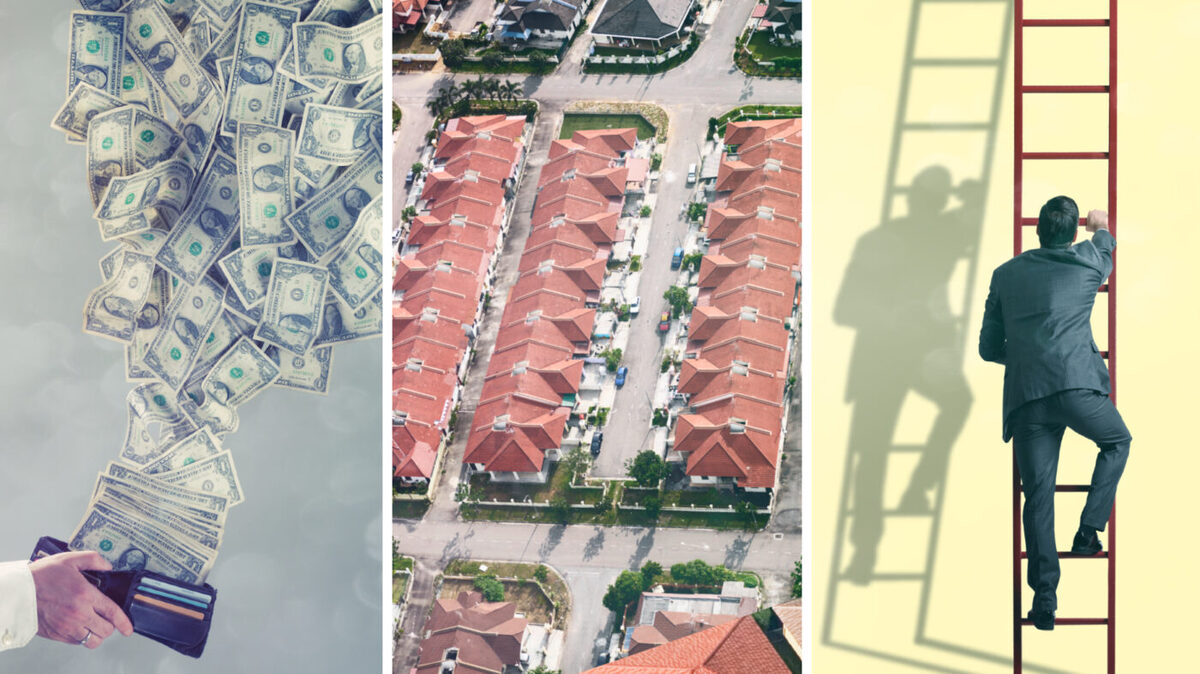Percentage of homeowners unable to pay mortgage hits new low
The share of mortgages in forbearance dropped below 5 percent in March for the first time since the beginning of the pandemic, as homeowners resuming their payments continued to outnumber new requests for relief for the fourth week in a row.
As of March 21, about 2.5 million homeowners were in forbearance plans, according to the Mortgage Bankers Association’s (MBA) latest Forbearance and Call Volume Survey. That’s 4.96 percent of all mortgages, down from 5.05 percent a week ago and a high of 8.55 percent in June 2020.
Close to one in five ≈ in extended forbearance have now exceeded the 12-month mark, said MBA Chief Economist Mike Fratantoni.
“Many homeowners need this support, even as there are increasing signs that the pace of economic activity is picking up as the vaccine rollout continues,” Fratantoni said. “Those who have an ongoing hardship due to the pandemic and want to extend their forbearance beyond the 12-month point need to contact their servicer. Servicers cannot automatically extend forbearance terms without the borrower’s consent.”
In February, the Biden administration announced an extension of the enrollment window for requesting COVID forbearance on FHA, VA and USDA loans until June 30. Homeowners who entered forbearance on or before June 30, 2020, also became eligible for up to six months of additional forbearance from those agencies.
Homeowners with mortgages backed by Fannie Mae and Freddie Mac may also qualify for three months of additional forbearance relief if they were enrolled in a COVID forbearance plan as of February 28, 2021.
Homeowners who were granted COVID forbearance won’t be expected to make up their missed payments all at once. Depending on the agency backing the loan, they may be able to enter into a repayment plan, apply for a loan modification, or defer repayment until they refinance or sell their home. Homeowners and renters can learn more about their options on the Consumer Financial Protection Bureau’s website.
As of March 21, about 2.5 million homeowners were in forbearance plans, according to the Mortgage Bankers Association’s (MBA) latest Forbearance and Call Volume Survey. That’s 4.96 percent of all mortgages, down from 5.05 percent a week ago and a high of 8.55 percent in June 2020.
Close to one in five ≈ in extended forbearance have now exceeded the 12-month mark, said MBA Chief Economist Mike Fratantoni.
“Many homeowners need this support, even as there are increasing signs that the pace of economic activity is picking up as the vaccine rollout continues,” Fratantoni said. “Those who have an ongoing hardship due to the pandemic and want to extend their forbearance beyond the 12-month point need to contact their servicer. Servicers cannot automatically extend forbearance terms without the borrower’s consent.”
In February, the Biden administration announced an extension of the enrollment window for requesting COVID forbearance on FHA, VA and USDA loans until June 30. Homeowners who entered forbearance on or before June 30, 2020, also became eligible for up to six months of additional forbearance from those agencies.
Homeowners with mortgages backed by Fannie Mae and Freddie Mac may also qualify for three months of additional forbearance relief if they were enrolled in a COVID forbearance plan as of February 28, 2021.
Homeowners who were granted COVID forbearance won’t be expected to make up their missed payments all at once. Depending on the agency backing the loan, they may be able to enter into a repayment plan, apply for a loan modification, or defer repayment until they refinance or sell their home. Homeowners and renters can learn more about their options on the Consumer Financial Protection Bureau’s website.


 Menu
Menu




